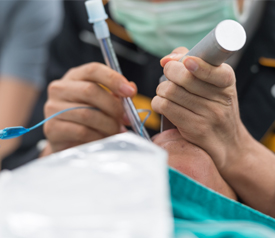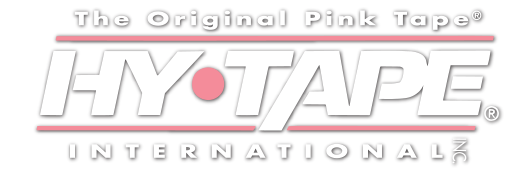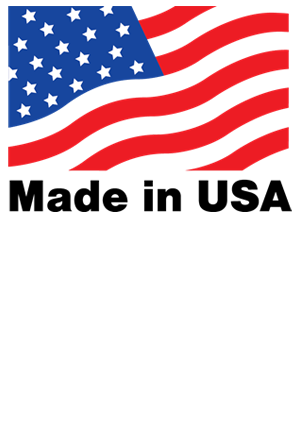
The Plastic Tube that Connects a Ventilator to the Patient is the Endotracheal Tube.
When a patient has compromised lungs, had trauma, anesthesia, or a serious illness a tube is inserted into the patients mouth and down the windpipe to assist with breathing, a process called endotracheal intubation. When a patients mouth is not able to support a breathing tube (Endotracheal Tube), a process of inserting a tube to assist in breathing called Nasotracheal intubation may be performed.
Options for securing endotracheal tubes.
The securement of an endotracheal tube is vital, as slippage could result in trauma to the mouth, nasal passages, vocal cords, pharynx, or trachea. It is also vital that the patient feel as comfortable as possible. Slippage and self-extubation could be life threatening.
ETT stabilization can be done several different ways including tying them down with cotton twill, mechanical devices, and perhaps the most secure method, taping.
Medical Adhesive-Related Skin Injury (MARSI) & Securing ET Tubes
Aggressive tapes may lead to lip ulcers, facial skin tears, and endotracheal tube dislodgment. Many popular endotracheal tube fasteners have latex. Patients who are sensitive to adhesives, or who have latex allergies will suffer skin issues.
As previously stated ET tubes need to be secure. Moisture, perspiration, and respiratory secretions will cause most tapes to curl and eventually loosen. In other cases the presence of moisture under the tape can cause skin maceration and increase the chance of skin tears and irritation. Skin that has been compromised may be susceptible to bacteria and eventual infection.
Below is a video demonstration that uses cloth tape in conjunction with Hy-Tape, but Hy-Tape can be used exclusively in cases where the patient has a latex allergy or is very sensitive to adhesives.
Hy-Tape, is an Excellent Choice for Pulmonologists and Respiratory Specialists Securing ET Tubes
Hy-Tape is water-proof, washable and especially suited for use with endotracheal tubes. It adheres best to clean dry skin remains intact in the presence of moisture until change is indicated. Its zinc oxide based adhesive soothes the skin and aids in the reduction of injuries such as skin tears and tape burns. Hy-Tape is particularly indicated for newborns and pediatric patients because it is so gentle to young skin. The zinc oxide adhesive can help reduce the chance of dermatitis or skin trauma.
A unique feature of Hy-Tape that makes it work so well with endotracheal tubes is its elasticity, allowing accommodation to respirations decreasing the chance of skin damage or shift in tube position. Because it is waterproof, secretions may be easily cleansed without requiring a change of tape. Hy-Tape is the ideal product when an adhesive or tape must remain on the skin for an extended period of time or when moisture is present.
Approximately 17 -19 inches of tape is needed to adequately secure an endotracheal tube.
If you have any questions regarding suggested tape products please call 1-800-248-0101

